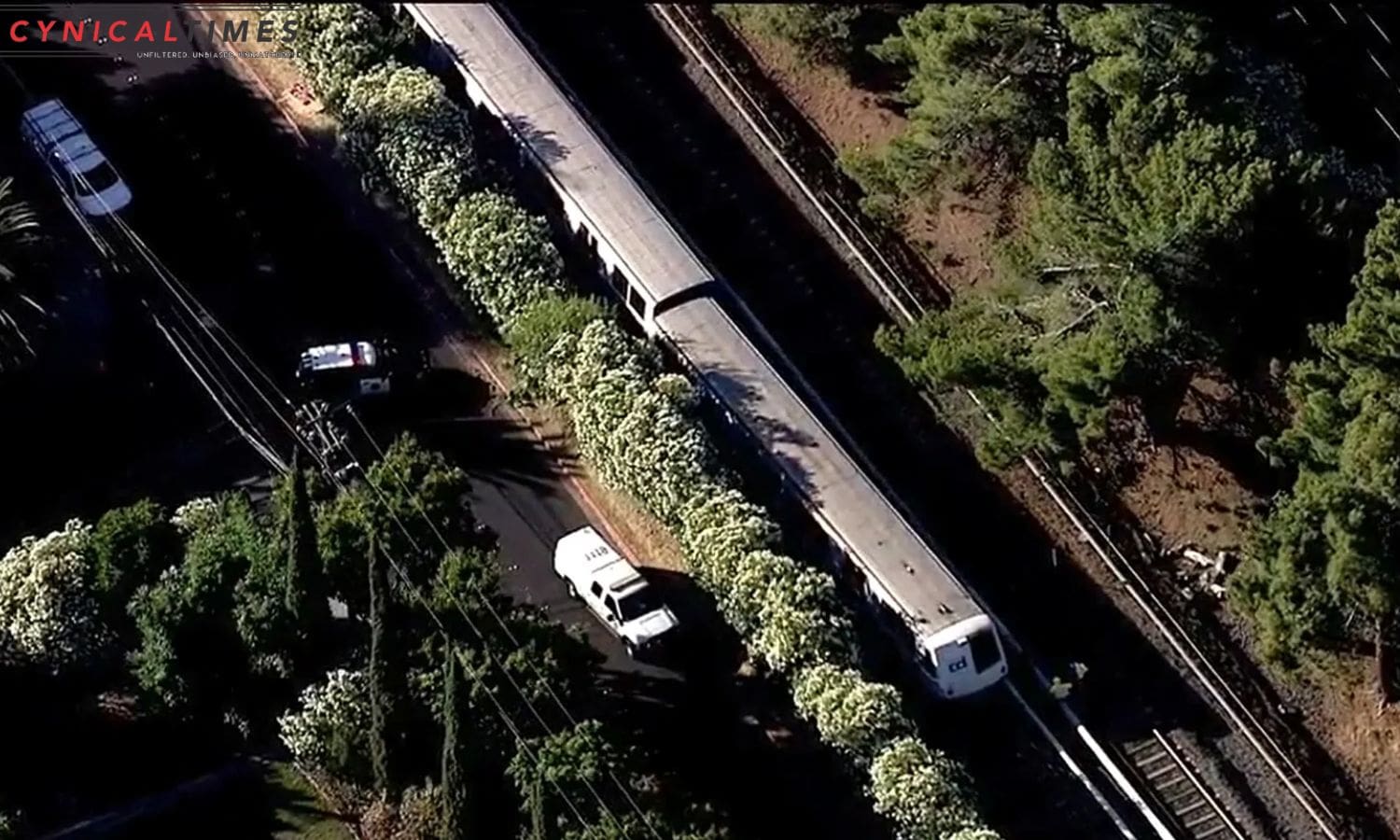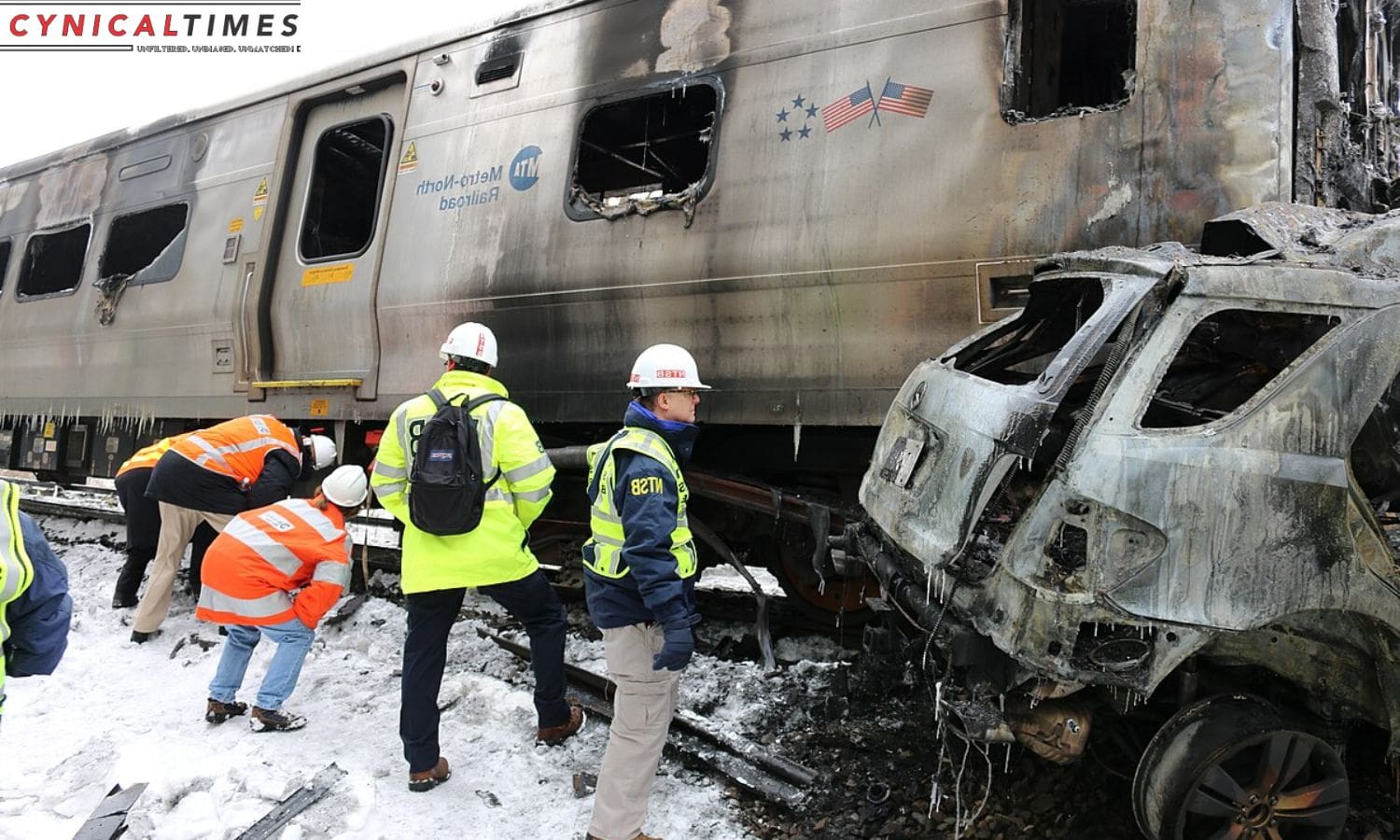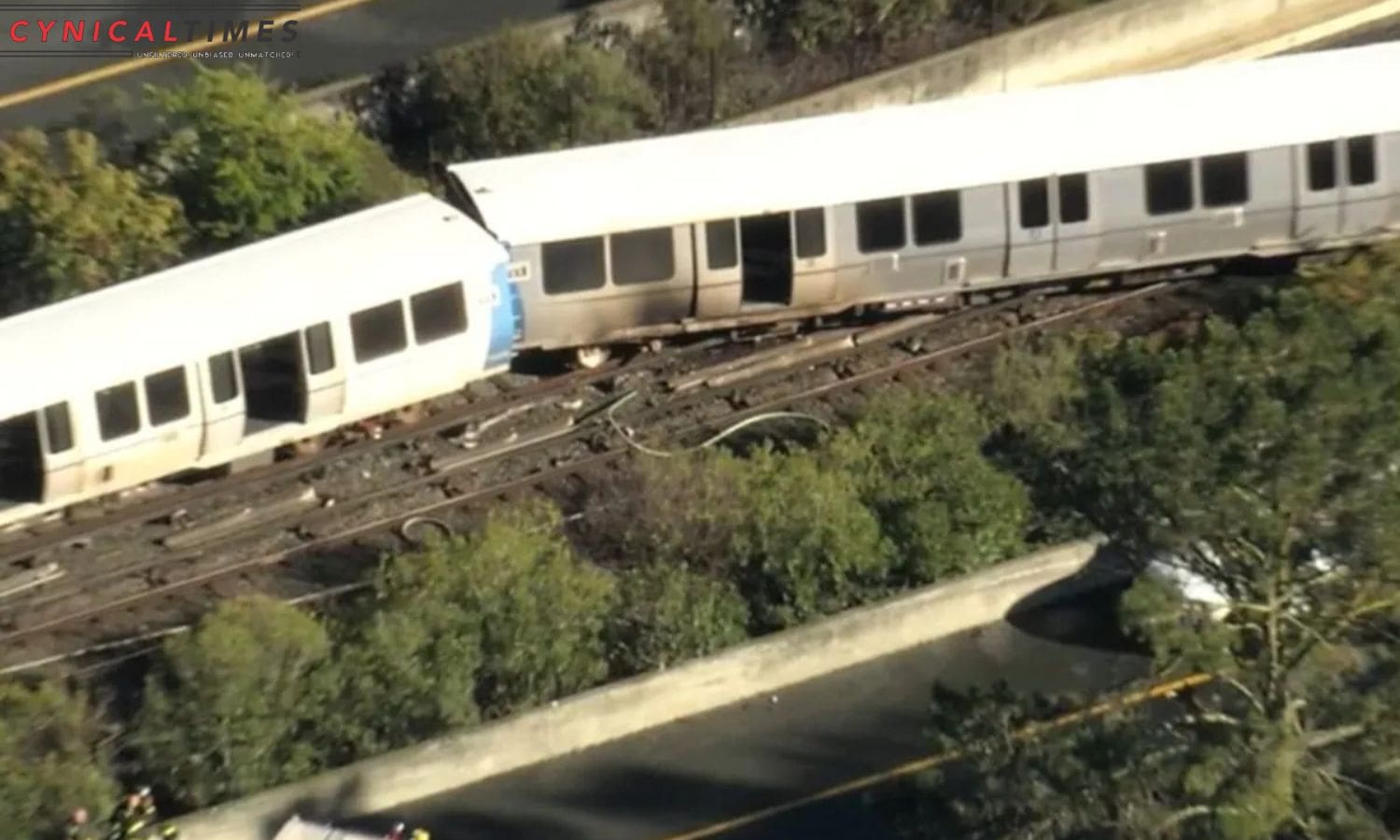BART Train Derailment Sparks: In a shocking incident that unfolded on the East Bay, a BART train derailment ignited flames and resulted in multiple injuries. The emergency response was swift, with medical evaluations and passenger safety concerns taking immediate precedence.
Technical failures and the subsequent operational response are being closely examined, while transportation alternatives and traffic disruptions are being addressed. As investigators into the cause of the derailment, efforts are underway to restore future service and ensure the safety of commuters.
Key Takeaways Of BART Train Derailment Sparks
- BART train derailment and subsequent fire caused chaos and panic among passengers
- Nine passengers were taken for medical evaluation due to the train’s erratic movements and appearance of smoke and flames
- Computer system failure and manual intervention by the train operator led to the derailment
- Transportation alternatives, such as BART bus bridge and AC Transit free bus service, were provided to minimize disruptions caused by the closure of stations and traffic disruptions


Also Read: San Jose Shooting Tragedy: One Person Confirmed Dead
BART Train Derailment and Fire: Overview
An incident involving a BART train derailment and subsequent fire has prompted the closure of the Orinda and Lafayette BART stations, causing significant disruption to the morning commute.
On New Year’s morning in Orinda, a BART train derailed and caught fire, leading to the closure of two eastbound lanes on state Highway 24. The train derailment and fire resulted in chaos and panic as passengers scrambled to safety.
Emergency personnel swiftly responded to the scene, working diligently to extinguish the flames and provide medical assistance to the injured. The exact cause of the derailment and subsequent fire is still under investigation.
This unfortunate incident has not only impacted the immediate area but has also caused delays and inconvenience for commuters relying on the affected BART stations.
Passenger Safety Concerns and Medical Evaluations
Passenger safety concerns and the need for medical evaluations arise following the BART train derailment and subsequent fire in Orinda, prompting further investigation and attention to the well-being of those involved.
While initial reports indicated no major injuries, it has now been revealed that nine passengers were taken for medical evaluation.
The harrowing experiences described by passengers highlight the severity of the incident, with the train’s erratic movements and the sudden appearance of smoke and flames causing panic and fear among those onboard. Many passengers felt that their lives were in danger, leading them to make the difficult decision to jump off the train onto the tracks to ensure their safety.
As a result, medical evaluations have become a crucial step in assessing the physical and psychological well-being of the affected passengers.
This incident serves as a stark reminder of the importance of passenger safety protocols and emergency preparedness in the transportation industry.


Technical Failure and Operational Response
The technical failure of the computer system and the subsequent operational response played a significant role in the BART train derailment and subsequent fire in Orinda.
The failure of the computer system prevented the train from automatically changing routes at an interlocking, forcing the train operator to manually switch the route. This manual intervention ultimately led to the derailment.
The operational response to the derailment was prompt and efficient. The Orinda Fire Department swiftly extinguished the fire that broke out in two of the derailed train cars. A crane was then deployed to put the derailed cars back on the tracks, and repairs to the tracks commenced.
The response efforts were coordinated and carried out with precision, ensuring the safety of the passengers and minimizing further damage.
Transportation Alternatives and Traffic Disruptions
Two eastbound lanes and the BART tracks are closed, causing traffic disruptions for passengers traveling from SFO to Rockridge and from Antioch to Rockridge.
As a result, transportation alternatives have been put in place to mitigate the inconvenience caused by the closure. Here are some options available to affected passengers:
- BART provides a bus bridge to cover the affected route, offering a substitute mode of transportation for commuters.
- AC Transit offers free bus service between Walnut Creek and Rockridge stations, allowing passengers to continue their journey without major disruptions.
- Carpooling and ridesharing services can be utilized to share rides and minimize the number of vehicles on the road, reducing congestion for all travelers.
These alternatives aim to provide passengers with efficient and convenient transportation options while the lanes and tracks remain closed.
It is important for commuters to stay updated with the latest information on alternative routes and services to plan their journeys accordingly.
Investigation and Future Service Restoration
Undergoing investigation, the cause of the BART train derailment and subsequent fire prompts concerns regarding future service restoration. The incident has raised questions about safety protocols and communication during emergencies, highlighting the challenges of maintaining and operating a complex transportation system. The duration of repairs will determine when full service can be restored. In the meantime, passengers are left to seek alternative transportation options, causing disruptions in traffic flow. To provide clarity on the current situation, the following table outlines the status of the investigation and the estimated timeline for service restoration:
Investigation and Service Restoration Timeline:
| Investigation Progress | Estimated Service Restoration |
|---|---|
| Underway | To be determined |
As the investigation progresses, it is crucial for BART and the California Public Utilities Commission to address any safety concerns and implement necessary measures to prevent similar incidents in the future. The restoration of full service will depend on the thoroughness and efficiency of the investigation, ensuring the safety and reliability of the BART system.


Conclusion Of BART Train Derailment Sparks
The recent BART train derailment and resulting fire in the East Bay have raised concerns about passenger safety and highlighted the need for thorough medical evaluations.
The incident also brings attention to the importance of addressing technical failures promptly and implementing effective operational responses.
As transportation alternatives are considered and traffic disruptions are managed, the investigation into the cause of the derailment will play a crucial role in restoring future service and ensuring the safety of commuters.
Our Reader’s Queries
Why did BART derail?
According to Allen, the recent train derailment was caused by software issues that led to the fiber optic network going down. As a result, the train operator had to manually realign the tracks. This marks the fourth BART derailment in the past 15 years, all of which have occurred in the East Bay.
Does BART go underwater to SF?
The Transbay Tube is a remarkable feat of engineering that allows Bay Area Rapid Transit’s four transbay lines to travel seamlessly between San Francisco and Oakland in California. This underwater rail tunnel spans an impressive 3.6 miles (5.8 km) and is connected to twin bored tunnels. It’s a vital transportation link that enables commuters to travel quickly and efficiently across the bay.
What caused the train in Michigan to derail?
In southwestern Michigan, an Amtrak train carrying 200 passengers en route to Chicago derailed after colliding with an unoccupied vehicle and a tow truck. The incident occurred on Friday, according to authorities.
How was BART built under the bay?
The Bay’s bottom was the foundation for the steel tubes that carry BART trains. Each section was lowered and welded together, with the water-tight seals removed. Tracks and electrical systems were then installed, allowing the trains to pass through the tubes with ease. It’s a remarkable feat of engineering that allows for seamless transportation across the Bay.

